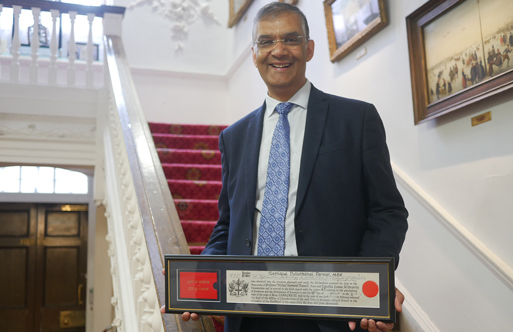Although I have not yet had experience of running the finances of even a small nation, I did listen to Michael Blackstaff, the author of the successful BCS book Finance for IT Decision Makers, when he talked to a PROMSG meeting in London in the evening of a sunny St George’s Day. This confirmed my suspicions that IT project finances could be a lot more challenging than the weekly visit to Tesco.
His talk was called ‘How to get a financial case gloriously wrong’. We all knew already that the value of the benefits of a project should exceed its costs. However there are some possible pitfalls. Benefits should be things we only get because of the project, so we have to ignore, for example, the saving in costs from staff reductions that we would have to make anyway because of the economic downturn. Equally we should ignore costs if the money was spent before the project was embarked upon, for example, an enhanced IT infrastructure of which the delivered IT application makes use. (These are my examples, not the speaker’s).
Michael emphasised the focus in financial evaluation on identifiable cost: ‘cash is a fact, profit an opinion’. A participant at the meeting commented on his own experience of estimated costs which he found to be invariably underestimated, and which he felt could usually be safely trebled. This led on to Michael tackling the question of ‘intangible benefits’: wherever possible, these need to be re-expressed as a cash value. An example that comes to mind is where there is a proposal to enhance a business’ website to make it more ‘modern’ and attractive. Expressed in this way, the benefits appear to be intangible, but it might be possible to argue that attractiveness of the new site would lead to additional sales that generate more revenue. But once again, note that this is only an estimate.
Despite these challenges, say we have arrived at the point where we have plausible estimates of costs and benefits. What do we do with them? Michael pointed out that having £100 in a year is not the same as having £100 in your hand now. You could invest the £100 today in an interest bearing account, at say 10% - a figure picked for ease of calculation not realism - and have £110 in a year’s time. The estimates of financial gains in the future had to be adjusted to take this into account. There was an interesting discussion about what a realistic interest rate would be for this calculation in 2013. Interest rates vary for lending and borrowing, and a business borrowing money to carry out a project might use a higher interest rate.
The evening underlined that financial evaluation, like any exercise that tries to predict the future, depends on judgements which are not infallible. A lesson I took home was that financial evaluation is an important way of demonstrating the practical implications of decisions. The processes may seem arcane but the information and assumptions upon which they are based need to be scrutinised by the stakeholders who will be the ones who will eventually be affected by the project’s success or failure.

















